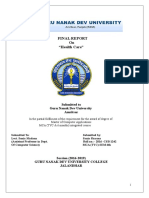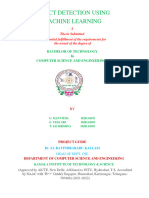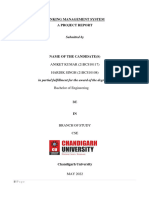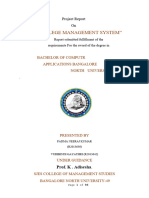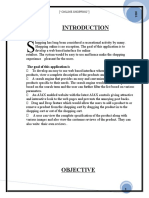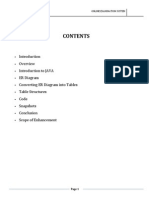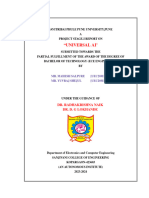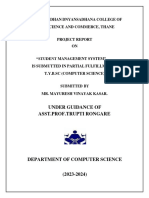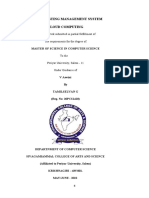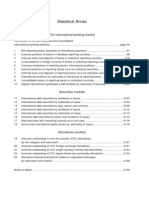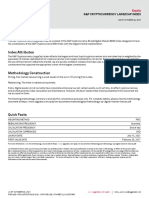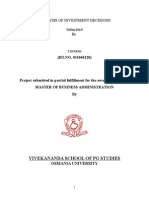0% found this document useful (0 votes)
1K views41 pagesDbms Project Report Inventory Management System
The document describes an inventory management system project report submitted for a database technology course. It includes an introduction describing the purpose and scope of the inventory management system, which will track inventory levels and sales. It will have different interfaces for billing counter staff, managers, and owners. The system aims to help forecast sales, identify when to reorder inventory, reduce fraud, and generate reports. The document outlines the various chapters that will be included in the project report such as the entity relationship diagram, relational schema, normalization, and sample queries.
Uploaded by
abhishekr2088Copyright
© © All Rights Reserved
We take content rights seriously. If you suspect this is your content, claim it here.
Available Formats
Download as PDF, TXT or read online on Scribd
0% found this document useful (0 votes)
1K views41 pagesDbms Project Report Inventory Management System
The document describes an inventory management system project report submitted for a database technology course. It includes an introduction describing the purpose and scope of the inventory management system, which will track inventory levels and sales. It will have different interfaces for billing counter staff, managers, and owners. The system aims to help forecast sales, identify when to reorder inventory, reduce fraud, and generate reports. The document outlines the various chapters that will be included in the project report such as the entity relationship diagram, relational schema, normalization, and sample queries.
Uploaded by
abhishekr2088Copyright
© © All Rights Reserved
We take content rights seriously. If you suspect this is your content, claim it here.
Available Formats
Download as PDF, TXT or read online on Scribd
/ 41



